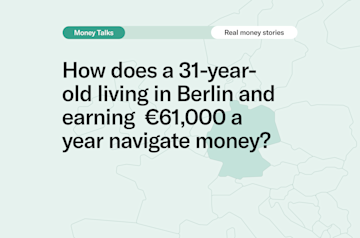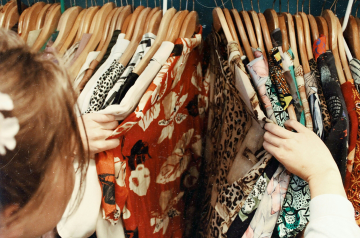Could AI help you manage your money?86% of people are open to using AI for financial planning, but is it safe? Learn how AI is already transforming money management, and discover the pros and cons.
4 min read
Understanding tariffs
5 min read
De-hyping the no-spend challenge
4 min read
Banking app fatigue is real
4 min read
Is Black Friday past its prime?
5 min read
Five spending love languages, explained
4 min read












